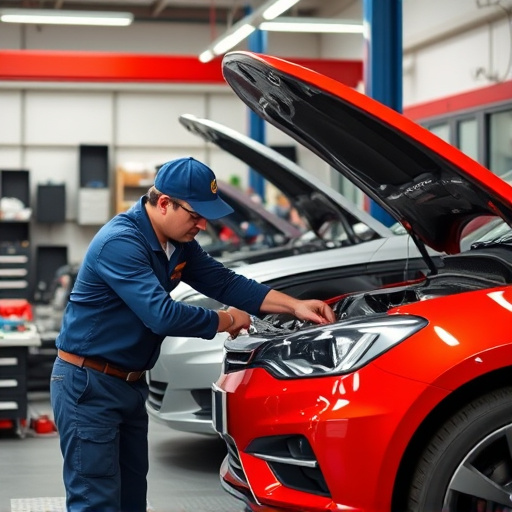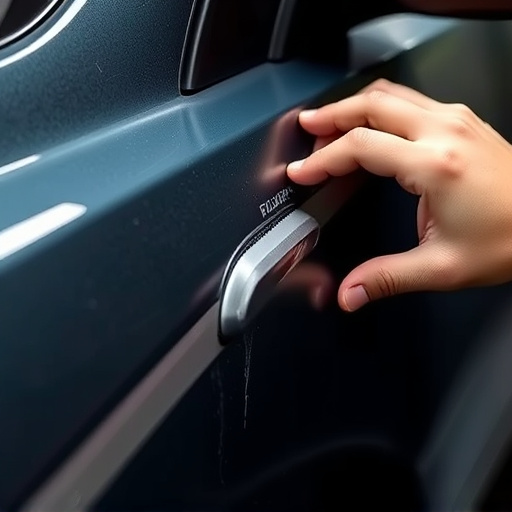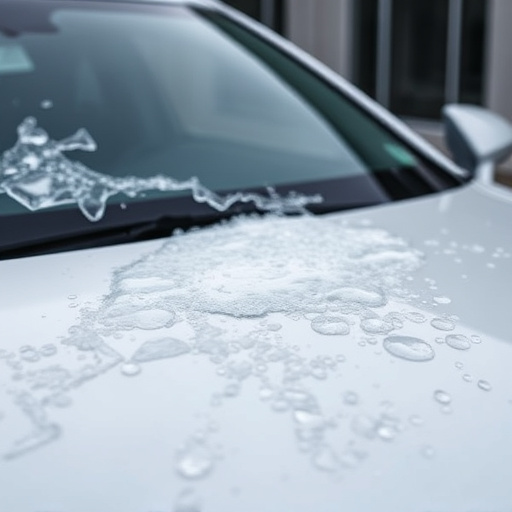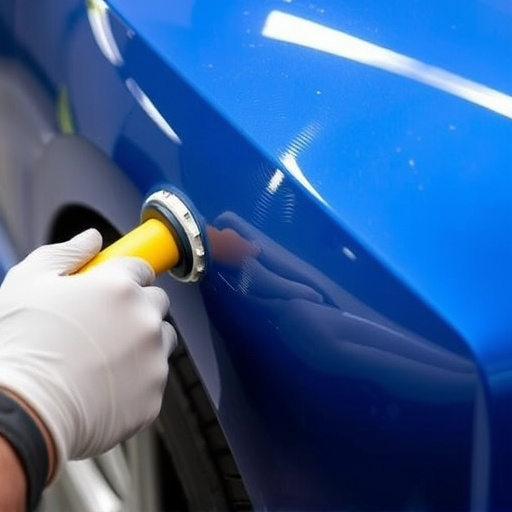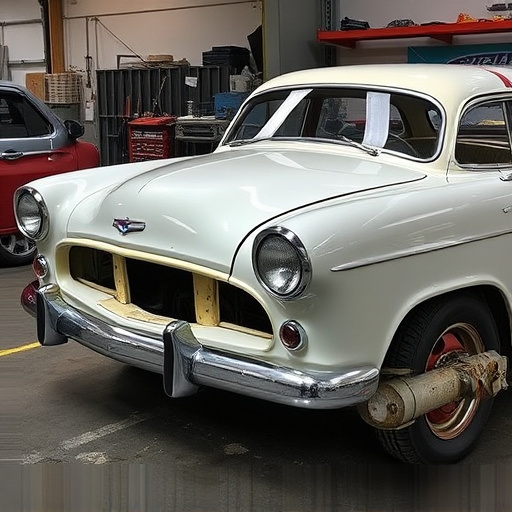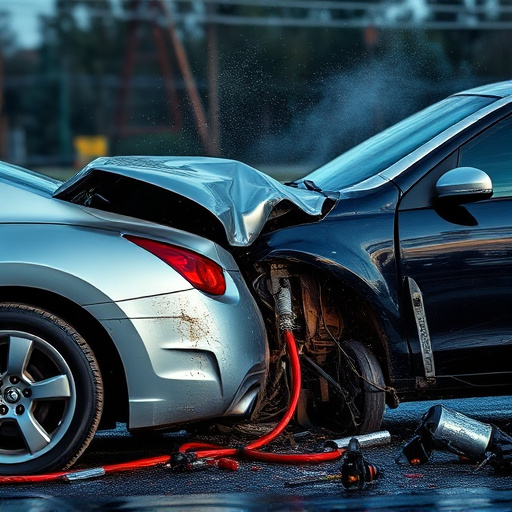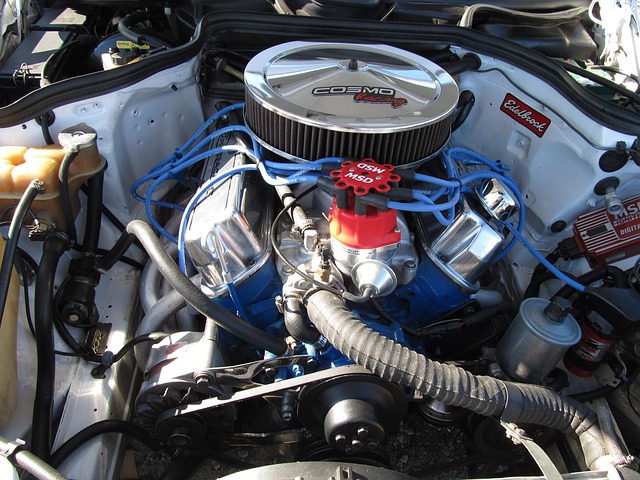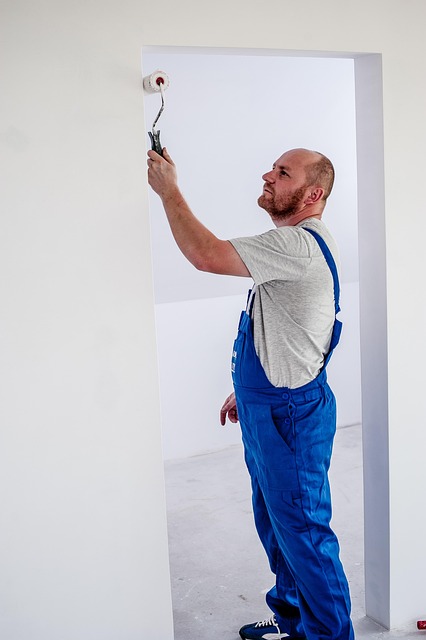Mercedes ADAS calibration is essential after repairs to ensure advanced driver assistance systems function safely and reliably. Precise sensor data is crucial for these systems, but can be disrupted by accidents or bodywork modifications. Professional experts calibrate sensors like cameras, radar, and lidar to avoid post-repair issues like inaccurate readings or communication failures, thereby enhancing safety and vehicle performance.
Mercedes ADAS calibration is a critical process that significantly reduces the risk of post-repair system failures in modern vehicles. Advanced Driver Assistance Systems (ADAS) rely on precise sensor calibration for optimal performance, ensuring safety and reliability. This article delves into the importance of Mercedes ADAS calibration, explores common post-repair issues, and provides effective procedures to mitigate risks, ultimately fostering a seamless driving experience. Understanding these key aspects is essential for both automotive professionals and vehicle owners alike.
- Understanding Mercedes ADAS Calibration Importance
- Common Post-Repair System Failures Explained
- Effective Calibration Procedures for Risk Mitigation
Understanding Mercedes ADAS Calibration Importance
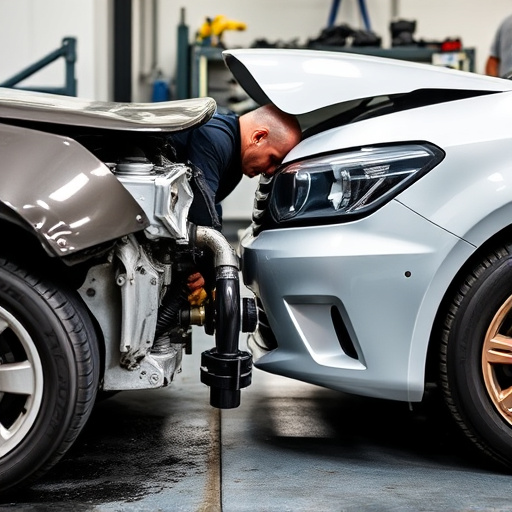
Mercedes ADAS calibration plays a pivotal role in ensuring the safety and reliability of your vehicle after any repair or restoration process. Advanced Driver Assistance Systems (ADAS) are designed to enhance driving experience and protect drivers, passengers, and other road users. These systems rely on precise sensor data to function optimally, which makes proper calibration crucial.
When a car undergoes restoration or auto body services, the intricate network of sensors that power ADAS may be affected by the repair process. Without the right Mercedes ADAS calibration, these systems could malfunction, leading to potential safety risks. Therefore, it’s essential to have professional vehicle body repair experts perform the necessary calibrations to ensure the ADAS functions as intended, providing the driver with the expected level of assistance and protection on the road.
Common Post-Repair System Failures Explained
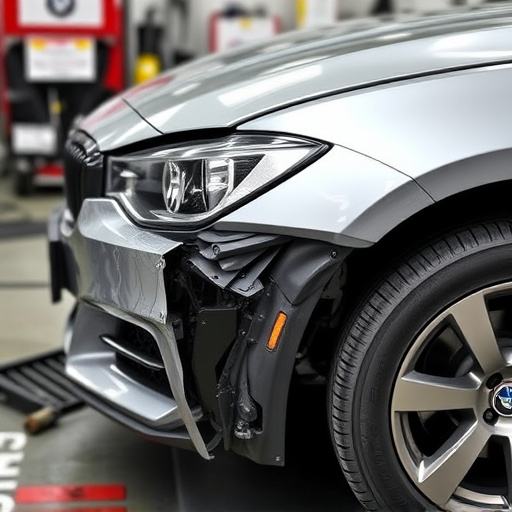
After a car accident or any type of repair involving advanced driver-assistance systems (ADAS) components, such as cameras, radar, and lidar, proper calibration becomes crucial. Common post-repair system failures include inaccurate sensor readings, misaligned cameras, and dysfunctional communication between these essential parts—issues that can compromise the effectiveness of safety features like adaptive cruise control, lane-keeping assist, and automatic emergency braking.
Mercedes ADAS calibration plays a vital role in restoring optimal performance and ensuring these life-saving systems function correctly. Without proper calibration, even minor adjustments to the vehicle’s structure during restoration or auto glass repair can disrupt the delicate balance of these sophisticated sensors, leading to costly and potentially dangerous system failures.
Effective Calibration Procedures for Risk Mitigation
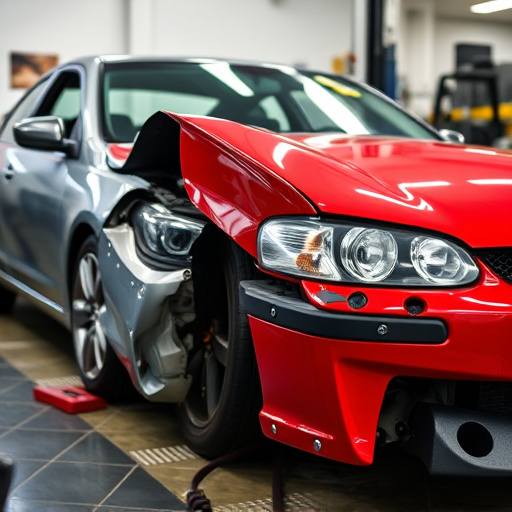
Effective calibration procedures are pivotal in mitigating risks associated with Mercedes ADAS systems post-repair. This meticulous process involves a step-by-step approach to ensure the restoration of optimal system performance and safety standards. The first step is to gather accurate vehicle data, which includes identifying specific sensor locations and their unique characteristics within the car’s bodywork.
Subsequent to data collection, calibration specialists conduct precise adjustments to each sensor, ensuring they operate in harmony with one another. This involves utilizing specialized tools to fine-tune settings, accounting for any alterations caused by auto body services or car body repair. The ultimate goal is to achieve seamless integration between the sensors and the ADAS software, thereby enhancing overall vehicle safety and performance.
Mercedes ADAS calibration is a critical process that significantly reduces the risk of system failures after repairs. By ensuring precise sensor alignment and data accuracy, proper calibration minimizes unexpected malfunctions and enhances vehicle safety. Implementing effective calibration procedures as per manufacturer guidelines is essential for maintaining the integrity of Mercedes’ advanced driver-assistance systems (ADAS).
